Info
Zedoary: Uses, Health Benefits, Safety Precaution, and Dosage
Recently updated on December 23rd, 2021 at 10:04 am

What is Zedoary?
Zedoary is a plant which is also known as white turmeric. Its underground stem (rhizome) is used to make medicine. The traditional methods of preparing Zedoary is to wash in plenty of water. Rinsing should remove a toxin that has not yet been identified.
Zedoary is the best treatment for colic, seizures, loss of appetite, and indigestion. Some people also use it for anxiety, depression, fatigue and pain, and swelling (inflammation).
Zedoary is sometimes applied directly to the skin to repel mosquitoes. In Indian cuisine, it is replaced with similar-looking ginger, which is widely used.
Other Common Names
| Botanical Name | : Curcuma Zedoaria |
| English Name | : White Turmeric, Yellow Zedoary |
| French Name | : Zedoaire |
| German Name | : Zitwer |
| Tamil Name | : Poolankilangu, Kichili Kizhangu |
| Hindi Name | : Jangli haldi |
| Telugu Name | : Kachoramu, Kichili Gadda |
History of the Zedoary (White Turmeric)
In the Middle Ages, white turmeric or Zedoary was recognized in the spice trade because people believed that its aroma was a mixture of mango, turmeric, and ginger. The plant is also mentioned in a 13th-century poem by Roman de la Rose, and the 17th-century herbalist Nicola Calpepor is said to be effective in combating toxins, expelling air, vomiting, preventing menstruation and flow, and killing worms and Colic.
Ayurvedic Properties of the Zedoary (Poolankilangu)
| Taste (Rasa) | : Pungent (Katu), Bitter (Tiktha) |
| Quality (Guna) | : Light (Laghu), Penetrating (Teekshna), and Odoriferous (Sughandhi) |
| Potency (Virya) | : Hot (Ushna) |
| Taste after digestion (Vipaka) | : Pungent (Katu) |
| Action (Karma) | : Kindles digestive fire (Deepana) |
| Effects on dosha | : Balances Vata Dosha And Kapha Dosha |
Plant Description
Zedoaria or white Turmeric is a herbaceous and rhizome perennial plant that can grow up to 1.2 meters in height and has an upright dorsal structure, a worm, and underground cylindrical branches or rhizomes, and tasty roots.
The rhizome is pale yellow on the outside and bright yellow and dark brown on the inside. Some roots come like terminal storage structures. From March to April, the axillary buds of the corn axis and the apical buds of the third row of rhizomes emerge as inflorescences above the ground.
Its basal flower spike grows up to 30 cm in height, appearing before the foliage. At the tip closest to the flower spike, a plant shoot always develops. Additional floral buds do not germinate, but more plant shoots are formed. New branches begin to form in the corns of the recently formed aerial shoots.
In autumn, the foliage above ground dies again. Storage roots are formed from November to December, with a high (> 70%) carbohydrate content. It is traditionally used to treat menstrual disorders, dyspepsia, vomiting, and cancer.
Rural people use rhizome for its antiseptic, carminative, expectorant, deodorant, diuretic, and stimulant properties, while also being used in rheumatism dyspepsia, colds, coughs, and fevers.
How Does it Work in Your Body?
There is not a lot of scientific evidence on how Zedoary can be used to treat medical problems. Scientists have not yet carried out human studies with Zedoary or white Turmeric. So far, scientists have only tested the Zedoary in test tubes or animals. The findings of several such studies show that Zedoary may act as an antibiotic. Also, it is useful in repelling mosquitoes.
13 Health Benefits of Zedoary

Zedoary or white Turmeric is one of the herbal medicines for your body. It contains some chemical constituents that are: flavonoids, tianin, resins, sugar, starch, saponins, and curcumin that can stop the growth of the cancer cells.
The Delhi-based nutritionist Lokendra Tomar said that the “Zedoary” is rarely used when compared to the yellow Turmeric. But it also provides many health benefits to you. Here we’ve mentioned some benefits of zedoary that will force you to add more to your diet. Let’s take an in-depth look at the benefits.
1. Supports the Digestive System
Zedoary is one of the best herbs for digestive problems, especially the gastrointestinal tract. It can help with flatulence, irregular bowel movements, and indigestion.
Its essential oil and the herb itself are beneficial in treating colic, indigestion, seizures, loss of appetite, worm infections, flatulence, irregular bowel movement, and indigestion. It is also one of the excellent natural aids in stopping stress-related ulcers.
2. Decrease Inflammation
The white Turmeric’s anti-inflammatory properties can help combat inflammation, treat wounds, and other skin diseases. Moreover, zedoary is one of the best natural remedies for people who are affected by arthritis. One study found that the curcumin compound of the rhizome can decrease the pain of your body.
In Indonesia, zedoary is used as a medicine to treat inflammatory bowel disease (ulcerative colitis). It has also been used to protect the lungs of asthma patients by controlling the release of inflammatory mediators during short-term treatment.
Zedoary’s diuretic properties support the removal of toxins and excess fluid from the body, especially in the joints. If not toxic, it can cause inflammation and pain in areas such as arthritis and rheumatism. It lowers body temperature during fever, by cleansing the body of infectious germs and promoting perspiration.
Also Read: Effective Spices & Herbs For Inflammation
3. Helps to Strengthen Respiratory System
Generally, Kapha dosha is created by fluids like phlegm and mucus build-up in the lungs as well as other regions of the body. Mucus and phlegm block the nasal passages that may lead to respiratory diseases such as cold, asthma, and cough, as well as cause breathing issues.
Consuming zedoary as a form of powder every day can decrease the risk of respiratory diseases.
Also Read: Best Herbs to Support Lung and Respiratory Health
4. High in Antioxidant Properties
Generally, zedoary is rich in antioxidants. Due to this presence, it prevents the free radical’s growth that may cause harm. The zedoary essential oil also has good antioxidant properties. Its curcumin compound works as an anti-allergen to avoid the chemical discharges and the activity of inflammatory proteins that trigger skin-related allergic reactions.
5. Has Antimicrobial Properties
Tuber extracts exhibit effective antimicrobial activity against E. coli, S. aureus, Carnobacterium species, Candida sp, and Aspergillus sp.
One research has shown that the antimicrobial action of zedoary is as effective as a commercial mouthwash in preventing the growth of the oral pathogen.
The antifungal activity of zedoary is effectively stopping the growth of drug-resistant fungal species. It inhibits the growth of Entamoeba histolytica, amoebae, and also has a larvicidal effect against mosquitoes.
6. Anti-inflammatory and Painkiller Property
Curcumin derived from this rhizome gives better analgesic activity than aspirin. Rhizome extracts have analgesic activity in the form of stomach upsets and compounds- curcumin and dihydrocodeine contribute to its analgesic action.
7. Antinyeri medicine
It was believed that white Turmeric would be used as a painkiller or medicine to relieve pain. But this effect is based on how much you use.
8. Antibacterial and Antifungal Properties
Zedoary can decrease the amount of microbes in the mouth with the same results as mouthwash products available on the market. Moreover, its extracts stop the fungal activity in your body.
9. Anti-toxic
White turmeric juice is the best medicine for snake bites also inhibits the action of the snake venom.
10. Ulcer Medicine
Its root powder helps decrease the stomach fluid’s acidity so that it can be used as a tukak medicine. Medical research in humans is still needed for these benefits.
Also Read: Best Herbs to Cure Ulcer
11. Reduce the Blood Sugar Level
Consuming white Turmeric every day can lower your blood sugar level. Moreover, it helps to increase blood circulation and decrease the bad cholesterol level. The high cholesterol level may lead to severe heart diseases like a heart attack.
Also Read: Herbs for diabetics
12. Can Fight Against Cancer
Zedoary plays a vital role in stopping the cancer metastases or the spread of cancer from an organ to other organs. But more research is needed on its effectiveness in overcoming cancer. As its essential oils have antioxidants they can decrease the influence of some free radicals.
White Turmeric or zedoary is one of the best natural treatments for asthma, arthritis, anti-rheumatism, and diuretic medications.
Also Read: Best herbs for cancer
13. Benefits for Women Problems
White Turmeric can give relief from menstruation pain, and speed up menstruation. Consuming zedoary every day can treat leucorrhea.
Traditional Benefits of Zedoary (White Turmeric)

- Zedoary is one of the best traditional treatments for dyspepsia, cancer, menstrual disorders, and vomiting.
- Village people use this zedoary for its rugged, carminative, expectorant, depressant, diuretic, and stimulant properties.
- Its root can cure dyspepsia, fever, flatulence, cough, and cold.
- It fights against cancer and prevents the growth of the cancer cells.
- Zedoary can strengthen female organs.
- White Turmeric may help to treat the woman’s itching.
- Moreover, it improves and strengthens lust.
- Beneficial for antipyretics (fever).
- You can use this zedoary to cure pain shortness of breath (asthma).
- The root of the zedoary can treat some inflammatory diseases like bronchitis.
- It is effective as an antidote.
- It will help reduce belly fat.
Culinary Uses of Zedoary

It is widely used in Thai cuisine. People cut the raw zedoary as thin strips then add into the Thai salads. In some types of nam phrik, zedoary can be cut into thin slices and added with other herbs and vegetables. It is one of the main ingredients in most of the famous dishes in India.
Zedoary root is also edible. Inside, the root is white in color, the aroma of this root is reminiscent of mango. Nonetheless, it tastes like ginger but leaves a very bitter taste after eating.
In Indonesia, people dry this root and infuse it into a powder, which is then incorporated into curry pastes. In India, people use the fresh zedoary roots for culinary purposes or to make pickles.
Moreover, the thin strips of the root and other different herbs and vegetables are called nam phrik with a specific type of Thai chili paste. The zedoary root tastes like ginger, hot, but it leaves a bitter aftertaste in the mouth.
Most people don’t like this herb due to its unacceptable taste. So that it is never used separately; it always joins with other varieties of spices. Also, the root of this zedoary contains starch, which helps to act as a thickener.
In India, people generally use fresh roots in the form of spices and thickeners. New zedoary roots are often grated and used in locally prepared pickle mixtures known as “achar.” The thickener form of this mixture is “shoti” by Indians. On the other hand, the zedoary is used in the curry powder in Indonesia and China, particularly in seafood cooking.
The powder of the zedoary also gives a unique flavor to your food. In China, dried zedoary powder is called “kentjur.” When you cut and dried the roots of the zedoary, the color may turn into grey from yellow.
Dosing Method
Generally, zedoary is used in the form of spice in stains and condiments. You can make an infusion with zedoary by adding the herb to boiling water at the rate of one tablespoon white Turmeric per pint of water.
The resulting solution is fragrant and bitter. One cup of this unsweetened infusion is taken 30 minutes before meals. Take 20 to 30 drops daily of tinctures made from zedoary roots.
Based on people’s health, age, and other conditions, the dosage method will vary. There is not enough scientific research to define the correct ranges of zedoary dosage. Remember that all-natural and herbal products are not always safe. The amount of product is essential. It is good to consult your doctor before consuming the zedoary.
Safety Precaution
Pregnancy and Breastfeeding:
If you are pregnant, then don’t consume zedoary because it may cause miscarriage. If you are a breastfeeding woman, it is best to avoid zedoary as there is not enough scientific information to know how it can affect a nursing baby.
Heavy menstrual periods (menorrhagia):
Some experts do not recommend Zedoary for women with heavy menstruation.
Under Medications
People who are consuming blood-thinning medications and blood pressure medicines should consult their doctor before taking White Turmeric.
Quick Facts
Zedoary is the Curcuma zedoaria’s underground rhizome of the tropical plant. It comes from the ginger family. It is very rare in western areas. Zedoary is widely used in Indonesian, Indian and Thai cuisines.
It has a long list of herbal remedies; Because it is rich in antioxidants. It gives a distinctive pungent and sharp taste with very mild yellow-cream flesh and some fruit-sweetness. It is eaten fresh as a delicacy in salads, seasoned with chili, or cooked in curries.


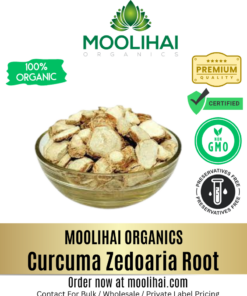

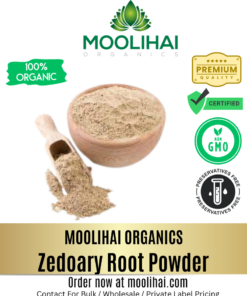

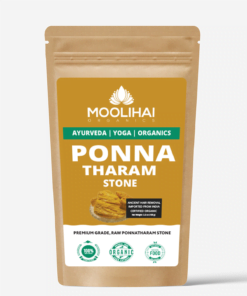

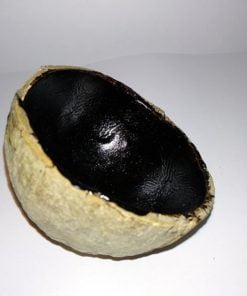

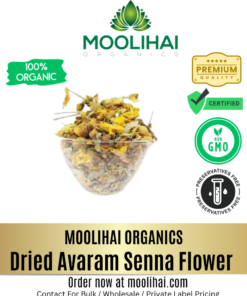

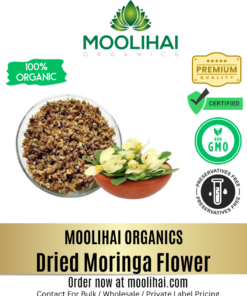

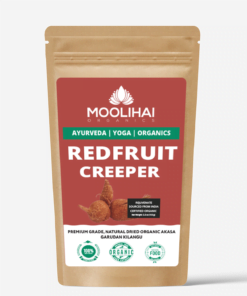
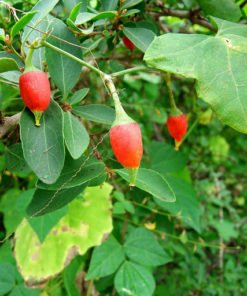
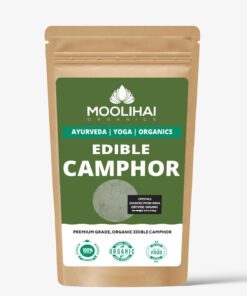

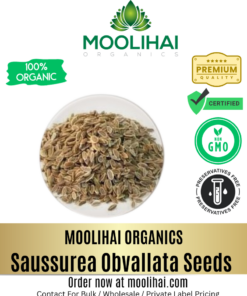



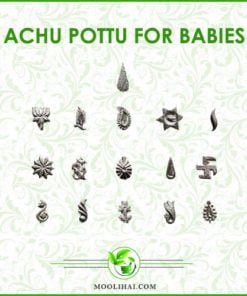
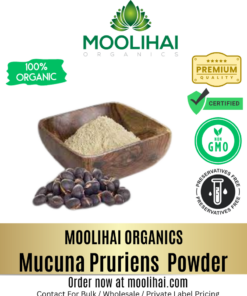

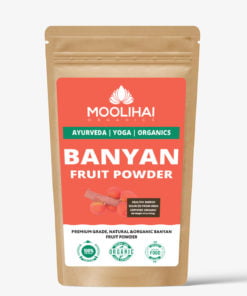

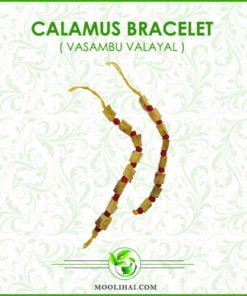

I had planted traditional yellow turmeric bulbs but surprisingly the yellow crop turned out to be white .only a few were yellow ones. I read about it’s medical properties and offered a Patanjali dealer free of cost as they have an ayurveda doctor ,every Thursday, Friday and Saturday . But they did not accept saying they don’t know its use. Some neighbouring people took it and used it for making candy. I make tea with it.
Suggest how I can sell or make its use for public benefit.